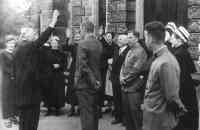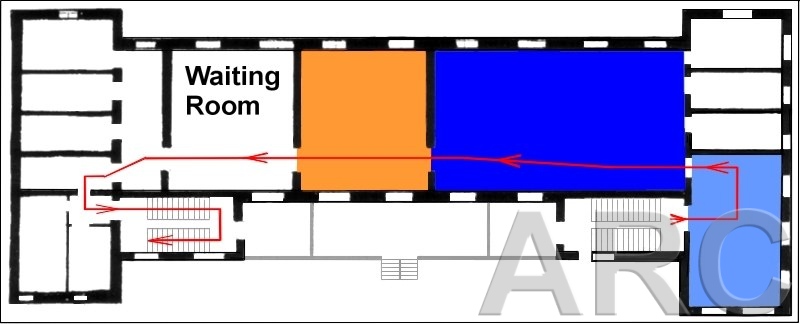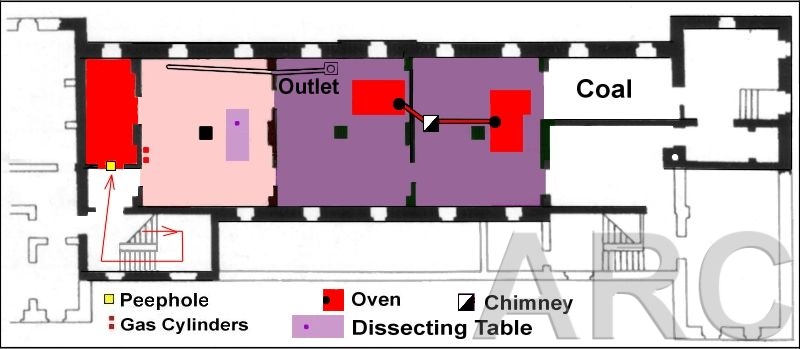From end of June 1940 until September 1942, approximately 15,000
persons were killed in the scope of the euthanasia programme and the
Sonderbehandlung 14f13. The staff consisted of about 100
persons. One third of them were ordered to the extermination camps
in occupied Poland, because of their experiences in deception,
killing, gassing and burning innocent people.
During
August/September 1942, the Sonnenstein killing centre was
liquidated and incriminating installations such as gas chamber installations and
crematorium ovens dismantled. From
October 1942, the buildings were used
as a military hospital.
In the
summer of 1947 some
Aktion T4 members appeared as accused in
the
Dresdner Ärzteprozess (Doctor's Trial in
Dresden).
Professor
H. P. Nitsche, medical chief of T4, and two
male nurses from Sonnenstein were sentenced to death.
It took about 40 years to recognise the part Sonnenstein played in the euthanasia programme, and in
1989 the public commemorated the bloody history of this T4 centre.
A number of
Aktion Reinhard personnel served at
Sonnenstein, these include
Johannes Bauch, Werner Becher, Max
Beulich, Kurt Blaurock, Karl Böhm, Rudi Böhm, Heinz Kurt
Bolender, Gerhard Börner, Arthur Dachsel, Erich Dietze,
Johannes Eisold, Hermann Felfe, Alfred Forker,
Kurt Franz *,
Heinrich Gley, Willy Grossmann, Emil Hackel,
Lorenz Hackenholt *,
Haunstein, Gottlieb Hering, Otto Horn, Rudolf Kamm, Johannes Klahn, Walter
Kloss (Klose?), Fritz Konrad, Erwin Lambert, Arthur Le., Heinrich
Arthur Matthes, Werner Mauersberger, Gustav Münzberger, Walter
Nowak, Josef Oberhauser, Orliewski, Paul Räpke, Wenzel
Rehwald, Karl Richter, Paul Rost, Herbert Scharfe, Ernst Schemmel,
Karl Schiffner, Erich Schirmer, Fritz Schmidt, Erich Schulz, Ernst
Seidler, Kurt Seidel, Friedrich Tauscher, Kurt Vey, Arthur Walther,
Wilhelm Wendland, Hans Zänker, Fritz Zaspel, Ernst Zierke and
Franz Zwingmann.
Since
9 June 2000 a
permanent exhibition is to
be seen in the rooms of Haus C 16.
* See the Franz Photo Story!
* See the Hackenholt Photo Story!
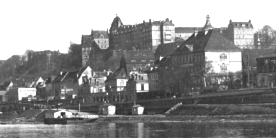 |
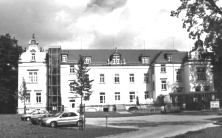 |
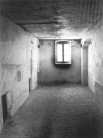 |
| Sonnenstein 1944 |
Building C16 2001 |
Gas Chamber |
© ARC 2004










